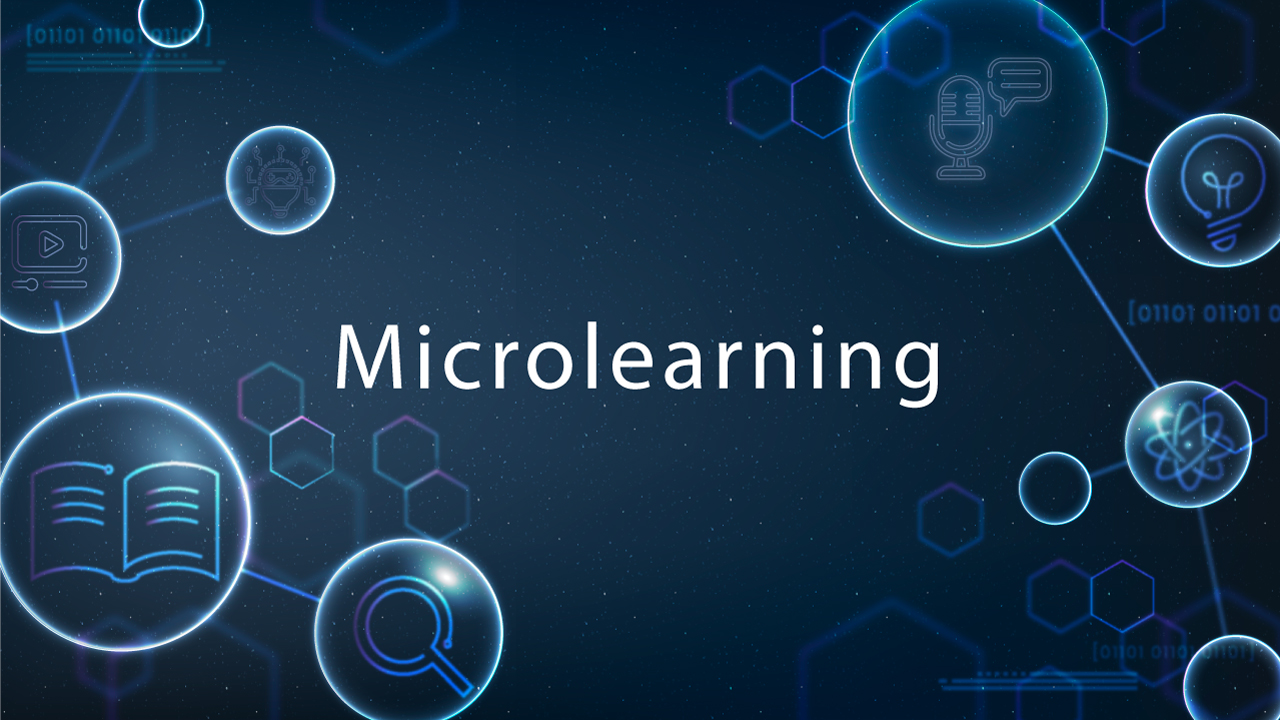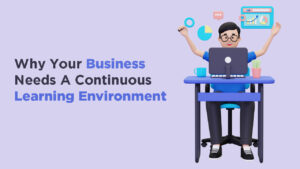In today’s rapidly evolving workplace, internal skill gaps present a significant challenge across industries. Addressing these gaps is crucial for organizational success. To empower employees and enhance their capabilities, businesses must implement effective training programs that expand knowledge and drive performance. However, traditional training methods are becoming less effective in the digital age. With decreasing attention spans and the need for more engaging learning experiences, organizations must adopt innovative approaches to training.
Microlearning has emerged as a powerful solution, offering a dynamic and flexible learning strategy that improves knowledge retention, boosts productivity, and enhances employee engagement. By breaking complex information into digestible, bite-sized modules, microlearning enables employees to learn efficiently without compromising their daily responsibilities.
Types of Microlearning
1. Videos
Video-based learning is one of the most effective and engaging formats for employee training. Given the reduced attention spans of modern learners, short, targeted microlearning videos help convey information in a compelling way. These videos evoke stronger emotional responses, ensuring better engagement and retention. Learners can complete short video modules quickly and immediately apply their knowledge in the workplace. Microlearning videos can be standalone learning resources or integrated into a more extensive training program.
2. Gamification
Engagement is key to successful training programs, and gamification enhances microlearning by making learning interactive and motivating. This approach incorporates game elements such as points, levels, badges, leaderboards, and rewards to encourage participation. Gamified microlearning modules are particularly effective for training in areas such as compliance, sales, and customer service. By fostering a competitive and goal-oriented learning environment, gamification enhances motivation, increases retention, and improves overall performance.
3. Podcasts
Podcasts offer an innovative and convenient way to deliver microlearning content. Employees can access digital audio or video files on demand, allowing them to learn anytime, anywhere. Unlike reading lengthy documents, podcasts create a more personal learning experience, requiring less concentration while still delivering valuable insights. They are particularly useful for reinforcing knowledge, providing performance support, and integrating training into employees’ busy schedules.
4. Infographics
Infographics present complex information in a visually appealing and easily digestible format. By condensing lengthy training materials into concise, organized graphics, infographics help employees quickly grasp key concepts. They also serve as effective performance support tools, allowing employees to refer back to essential information as needed. For example, safety protocols or compliance guidelines can be presented as infographics, ensuring quick and easy reference at any time.
5. Simulations
Simulation-based microlearning enhances employee training by providing hands-on, real-world experiences in a controlled environment. This method allows learners to practice and refine their skills before applying them on the job. Simulations improve decision-making, boost confidence, and provide a safe space for employees to learn from their mistakes. By mimicking real-world scenarios, simulation-based microlearning ensures better preparedness and competency in workplace tasks.
Conclusion
Microlearning is one of the fastest-growing trends in workforce training. Its ability to deliver engaging, bite-sized content leads to improved knowledge retention, enhanced performance, and increased productivity. By integrating microlearning into employee training programs, organizations can create more effective and impactful learning experiences.
Want to explore how microlearning can transform your training programs? Connect with us today!






